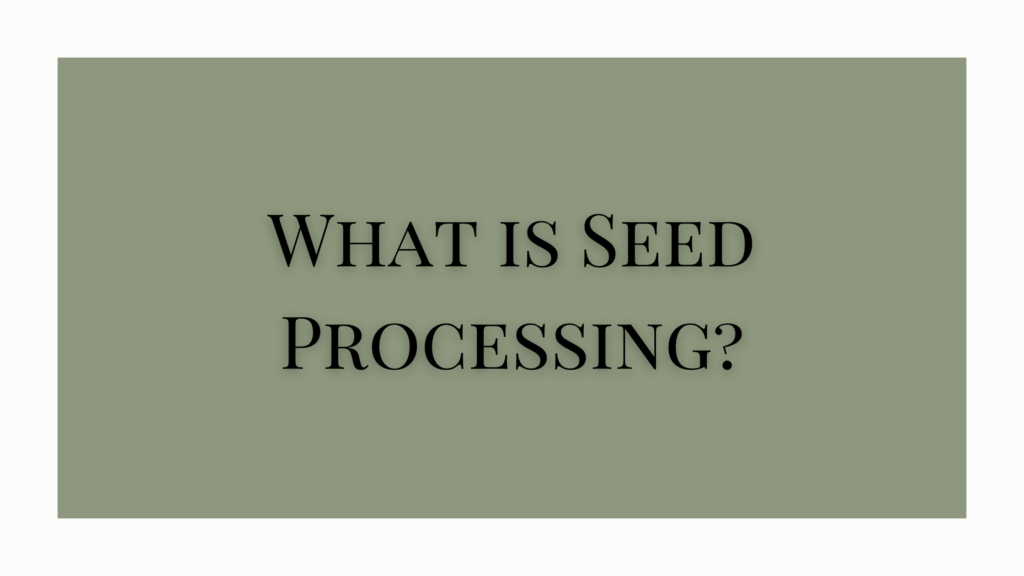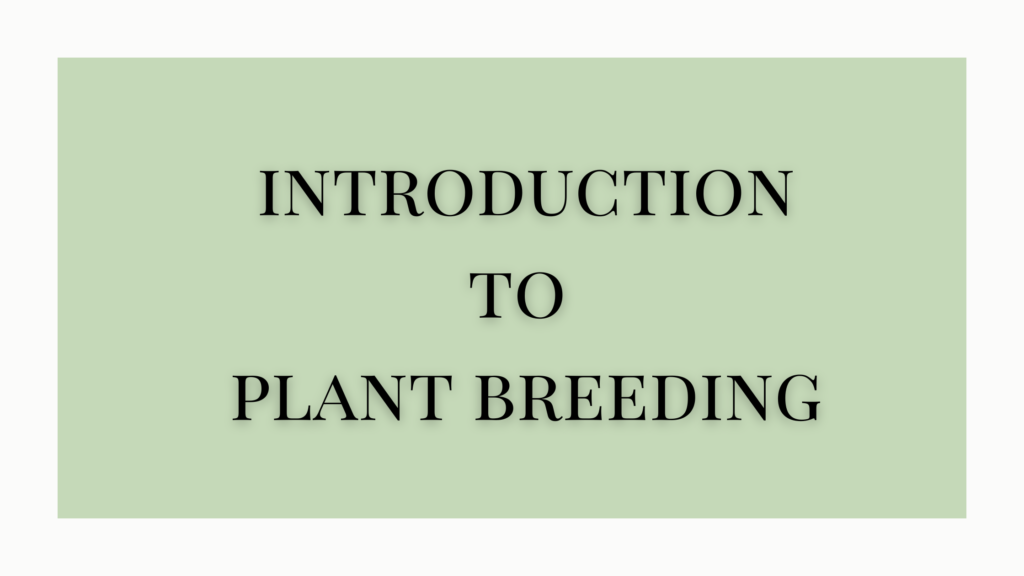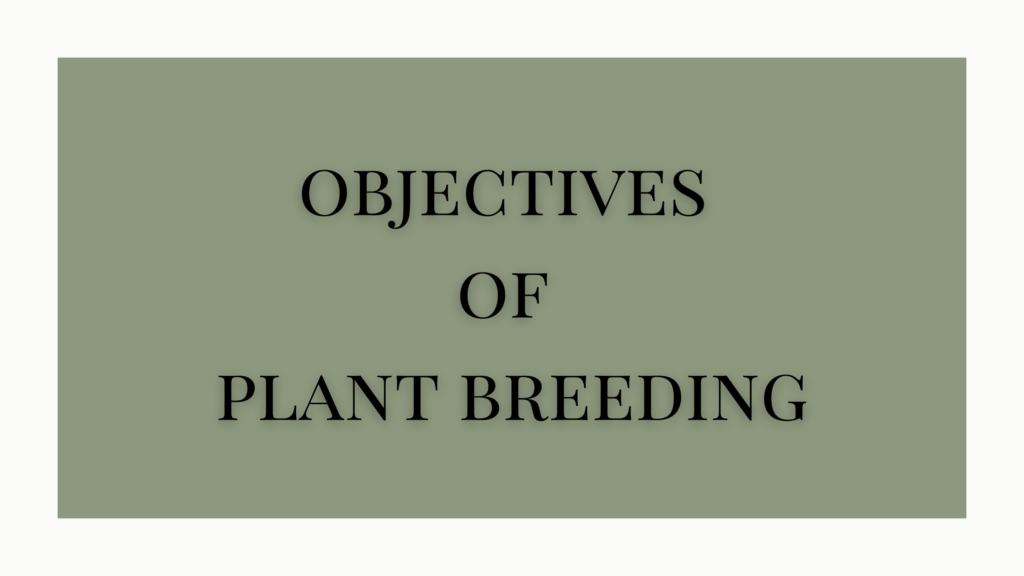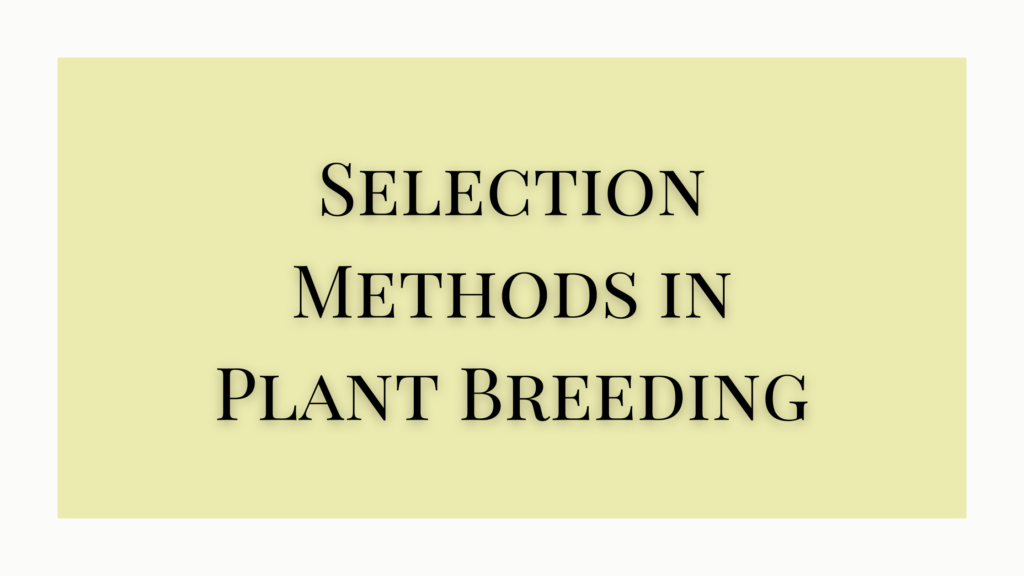Production of high-quality seeds requires considerable technical skills and several rigid requirements to be fulfilled, to ensure high purity and germination of the seed. Seed multiplication involves two separate steps – seed production and seed processing. Let’s find out more about seed production and what is seed processing.
What is Seed Production?
Seed production is a multi-step process starting from research for the ideal plant and breeding it to generate desirable seeds to its certification and release for commercial use. Seed production requires improved cultural practices, efficient control of weeds, pests, and diseases, optimum irrigation and fertilizer inputs, and some other specific operations. The harvesting and refreshing of seed crops with considerable care to prevent mechanical mixture of crop seed from the seeds of weeds. Two important factors of seed production are isolation and cultivation.
Isolation
The crop seed raised for seed production should be isolated from other fields of the same crop species by a minimum distance that varies from one crop to another. The distance measured here is the isolation distance which varies from crop to crop..
Isolation is essential to prevent pollination by undesirable pollens as in the case of cross-pollinated species. This step will help avoid mechanical mixtures and a chance of cross-pollination in self-pollinated species.
Cultivation
Improved cultural practices and recommended levels of fertilizer and irrigation must be provided to raise a healthy crop. The objective of cultivation is to harvest a maximum yield of a high-quality seed.
For cultivation, the land should be level, fertile, and free from various weeds, and recommended cultural practices must be followed. These factors along with proper doses of fertilizer and irrigation water will help raise a high yield of quality seed.
With proper measures, the seed crop could be protected from pests and diseases. The rigid requirement is prescribed to prevent diseases and epidemics due to contaminated seeds.
Another important measure for good seed production is effective weed control. Weeds reduce crop yields and their seeds contaminate the seed. It is an important aspect of seed production and necessary to prevent outcrossing and mechanical mixture. The phenotypically off-type plants are regularly removed from the field either by uprooting or cutting at the ground level in a process called roguing.
Seed production in certain crops may require some special operations such as harvesting, and thrushing of seeds, which must be done with extreme care to prevent mechanical mixture and contamination.
What is Seed Processing?
Seed processing involves three steps- drying, cleaning, and seed testing.
Drying
Seeds may be dried artificially or naturally where they are dried to an appropriate level or optimal moisture level. Natural drying is done by spreading the seeds in trays or on the floor in the open sun. Artificial drying involves the passing of heated or unheated air through the seeds to eliminate moisture. This will facilitate further processing to prevent loss in germination and reduce the chances of insect attacks during storage.
Cleaning
The cleaning process is the separation of inert matter, weed seeds, and seeds of other crops from the seed lot. Cleaned and separated seeds are graded. Grading is the removal of small and shriveled seeds from healthy seeds. Air and screen machines in India are extensively used for cleaning and grading.
Seed Testing
Seed testing is an integral part of seed production and certification programs. Seed testing started in 1816 in Switzerland. NSC (National Seed Corporation) was initiated in 1967 under the Indian Council of Agricultural Research. State Seed Corporations (SSC) and Seed Certification Agency (SCA), are the other two agencies functioning in association with NSC.
SSC is chiefly concerned with the production and supply of certified seeds and within the state marketing of certified seeds. SCA makes field inspections and conducts seed tests required for seed certification.
The objectives of the seed testing process include,
- Determination of suitability of seed sowing.
- To guide the seed industry about the procedure of drying and processing to obtain the best quality seeds.
- Help farmers discriminate seed lots in the market based on quality.
- To check if the seed lot meets established quality standards and label specifications.
- To identify problems of seed quality in seed production.
The seed testing is done in a laboratory where the seed lot is tested for the percentage of pure seed, weed seeds, seeds or other crops, inert matter, germinated seeds, etc. Later, the seeds are treated with suitable fungicide, often in combination with an insecticide to help with,
- Controlling seed-borne diseases
- Protect seeds from rot disease caused by Pythium
- Protection against damage by storage pests
- Avoid damage by soil insects in the field.
The treated seeds are distributed in bags of appropriate size and the process is called bagging. Each bag is labeled and carries every information regarding the seeds such as,
- Type of seed
- Name of the variety
- Purity
- Percentage of germination
- Date of germination test
- Percentage of weed seed
- Percentage of inert matter
- Name and address of the seller.
Maintenance of improved seed
Improved seeds sold to farmers could be the certified seeds, or the progeny of the certified, registered, and found seed. A class of true seeds is ultimately; derived from breeder seed which is maintained by the breeder or institution that produced the variety. Every attempt is made to keep the breeder seed genetically pure and retain its original genetic composition.
The improved varieties are maintained as breeder seeds. The practices of maintenance vary from one crop species to another, mainly depending upon the mode of reproduction of the crop and the nature of the variety to be maintained.
Self-pollinated crops such as rice, wheat, barley, linseed, pulses, oil seeds, etc are fairly easy to maintain as there is little chance of cross-pollination. Either way, isolation is provided to prevent outcrossing, and care is taken to avoid mechanical mixtures as well.
Offtypes are promptly rouged to maintain genetic purity. Several hundreds of spikes are selected and separate progeny rows are grown. From these progenies, the off types are eliminated and the remaining ones are bulked. This process maintains the genetic purity of the varieties. Hybrids are maintained as inbreds via strict hand pollination methods.
Varieties of sexually propagated crops are maintained by asexual reproduction. Off types are promptly avoided and the best ones are maintained.




